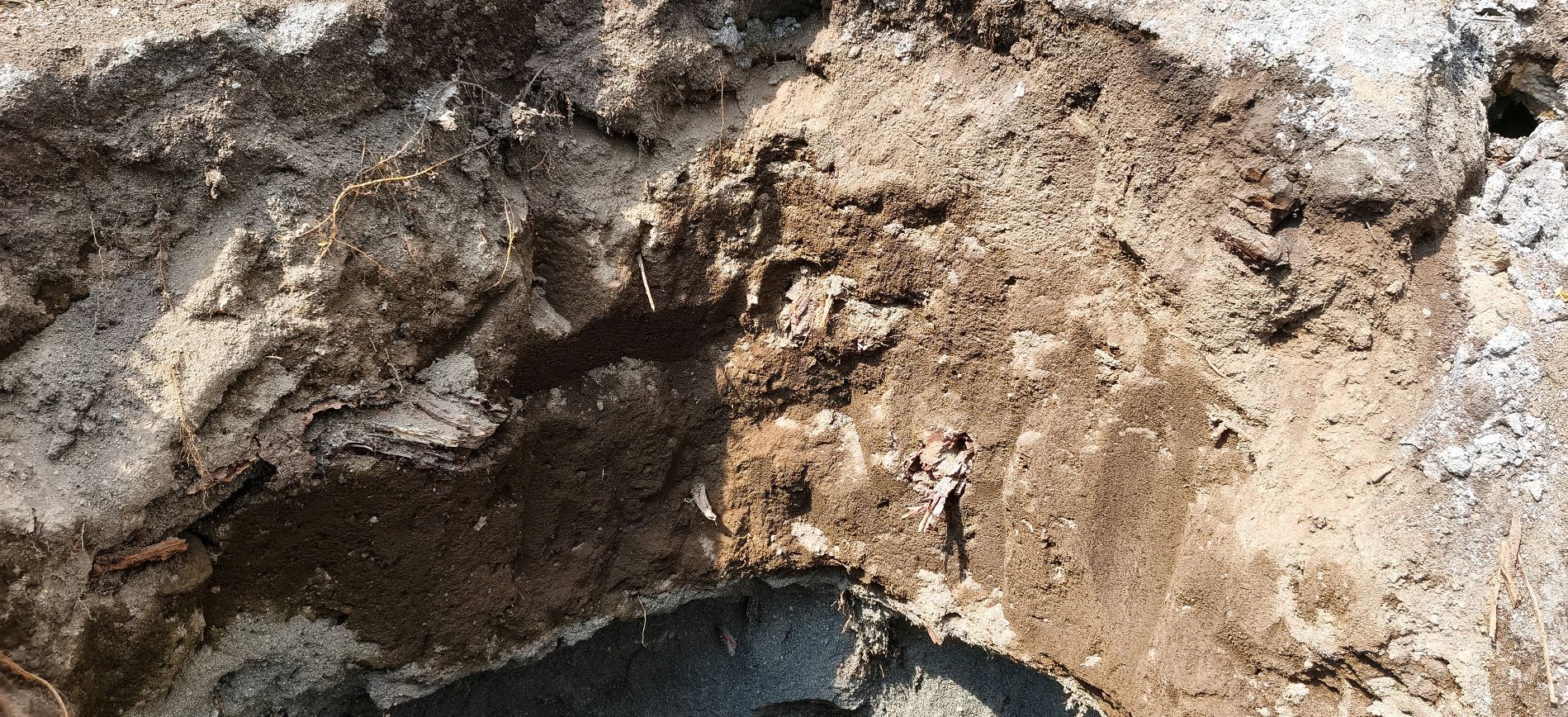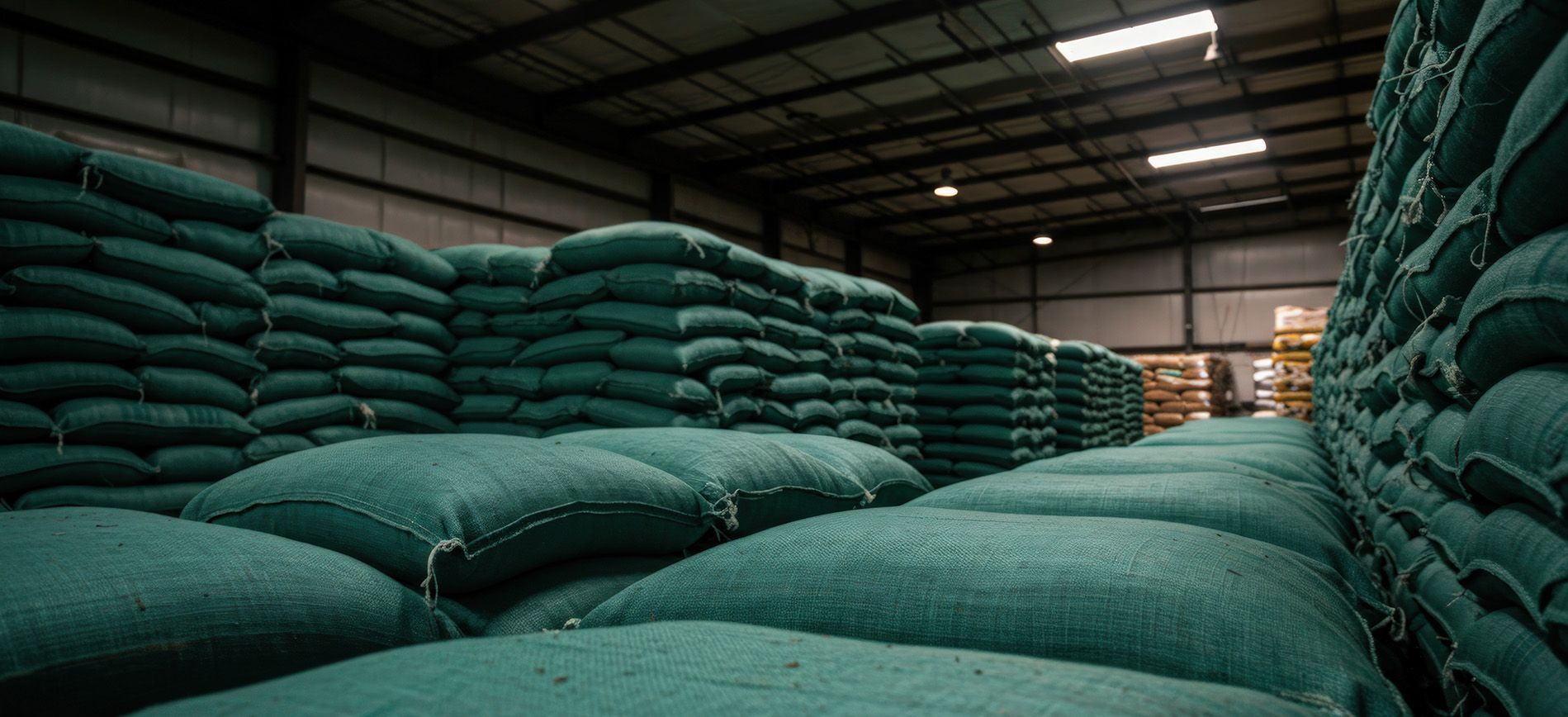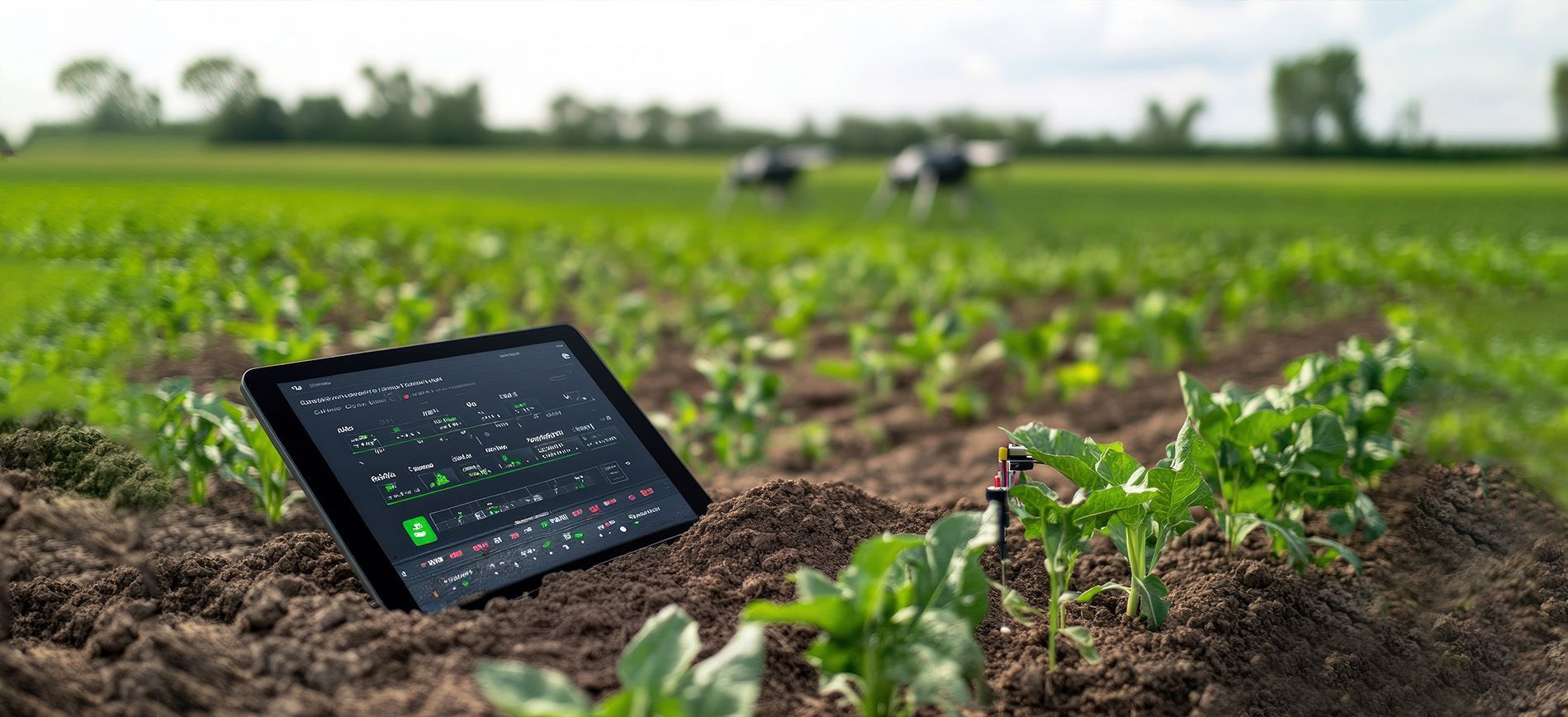The Role of AI and Big Data in Optimizing Fertilizer Applications
The Role of AI and Big Data in Optimizing Fertilizer Applications

The agriculture industry is transforming by integrating artificial intelligence (AI) and big data. These advanced technologies are revolutionizing how farmers use fertilizers by improving efficiency, reducing waste, and ensuring sustainable farming practices. In this blog, we will explore the role of AI and big data in optimizing fertilizer applications, their benefits, and their impact on modern agriculture.
Challenges in
Fertilizer Applications
Traditional fertilizer application methods face several challenges that can lead to inefficiencies and environmental harm, including:
- Overuse of Fertilizers: Excessive application leads to nutrient leaching, soil degradation, and water contamination.
- Underuse in Critical Areas: Inadequate fertilization produces poor crop yields and reduced profitability.
- Environmental Impact: Improper fertilizer use contributes to greenhouse gas emissions and eutrophication.
- Lack of Precision: Many farmers rely on generalized application rates, which may not account for varying soil and crop needs.
How AI and Big Data Optimize
Fertilizer
Use
- Soil Health Analysis: AI-powered sensors and big data analytics assess soil health by analyzing nutrient levels, pH, moisture content, and microbial activity. This information allows farmers to apply fertilizers more accurately.
- Predictive Analytics for Crop Needs: Big data platforms process historical and real-time weather, soil, and crop data to predict the exact nutrient requirements of crops during different growth stages.
- Precision Fertilization: AI systems integrate with GPS-guided machinery to enable variable-rate fertilization, ensuring each field part receives the exact amount of nutrients it needs.
- Crop Monitoring with AI: AI-powered drones and satellite imagery provide real-time insights into crop health, identifying areas with nutrient deficiencies for targeted fertilization.
- Sustainability Recommendations: Big data platforms analyze long-term soil and crop data to recommend sustainable fertilization practices that reduce environmental footprints.
Key Technologies Driving AI and Big Data Adoption in Agriculture
- IoT Sensors: Internet of Things (IoT) sensors collect soil, weather, and crop data in real time, feeding it into AI systems for analysis and actionable insights.
- Machine Learning Algorithms: Machine learning models analyze patterns in agricultural data to predict optimal fertilizer types, quantities, and application times.
- GIS and GPS Technology: Geospatial tools allow precise mapping of fields, enabling localized fertilizer application.
- Cloud-Based Platforms: Cloud computing facilitates the storage and processing of large agricultural datasets, making it easier for farmers to access insights remotely.
- Drones and Remote Sensing: Drones equipped with AI software capture high-resolution images of fields, identifying nutrient deficiencies and pest infestations.
Benefits of AI and Big Data in Fertilizer Optimization
- Increased Efficiency: Precision fertilization minimizes waste, ensuring nutrients are applied only where needed.
- Cost Savings: By optimizing fertilizer usage, farmers can significantly reduce input costs.
- Improved Crop Yields: Accurate nutrient management enhances plant growth, leading to higher yields and better-quality produce.
- Environmental Sustainability: Targeted fertilization reduces nutrient runoff, protecting water bodies and reducing greenhouse gas emissions.
- Data-Driven Decision-Making: AI and big data empower farmers with actionable insights, enabling informed decision-making.
Challenges in Implementing AI and Big Data
- High Initial Costs: Adopting AI technologies requires significant equipment, software, and training investment.
- Data Privacy Concerns: Farmers may hesitate to share data due to privacy and security concerns.
- Technical Expertise: Effectively using AI systems requires technical knowledge, which may not be readily available in rural areas.
- Connectivity Issues: Limited internet access in remote farming regions can hinder the implementation of cloud-based platforms.
Future Outlook: Scaling AI and Big Data in Agriculture
As technology becomes more accessible and affordable, AI and big data adoption in agriculture is expected to accelerate. Key trends include:
- Integration with Renewable Energy: AI-powered irrigation and fertilization systems powered by solar energy.
- Blockchain for Data Security: Using blockchain to secure agricultural data and enhance transparency in supply chains.
- Expansion of AgriTech Startups: Growing investments in AgriTech startups will drive innovation and bring new AI solutions to the market. AI and big data have the potential to reshape the future of agriculture, ensuring food security and environmental sustainability by overcoming current challenges and fostering collaborations between technology providers, governments, and farmers.
Conclusion
AI and big data are revolutionizing fertilizer applications, providing farmers with the tools to optimize nutrient use, enhance productivity, and protect the environment. As these technologies evolve, their integration into agriculture will become a cornerstone of sustainable farming practices. Farmers can confidently and efficiently navigate modern agriculture's challenges by adopting AI and big data.




